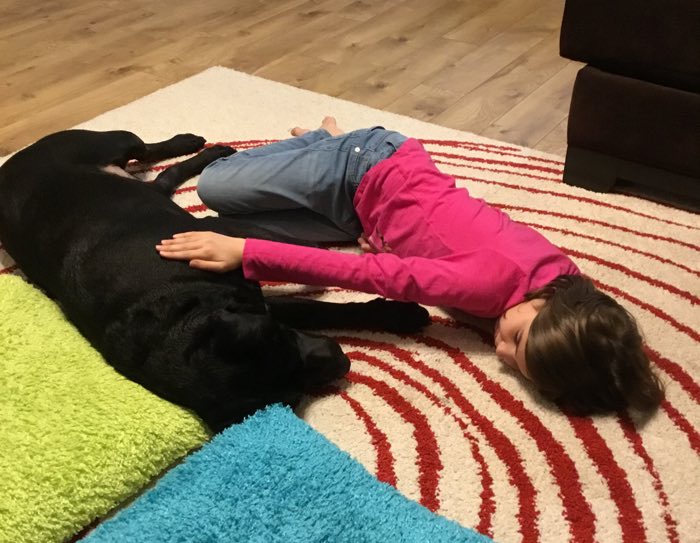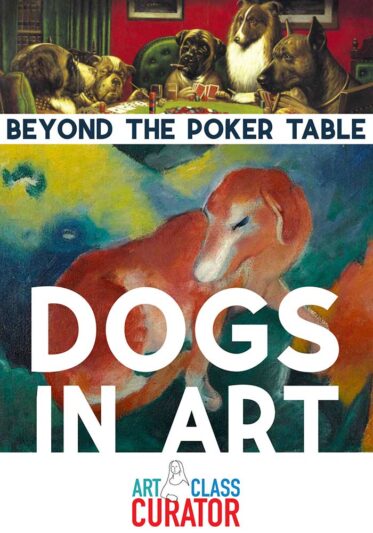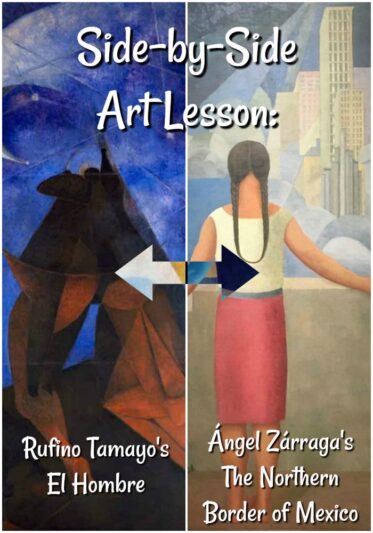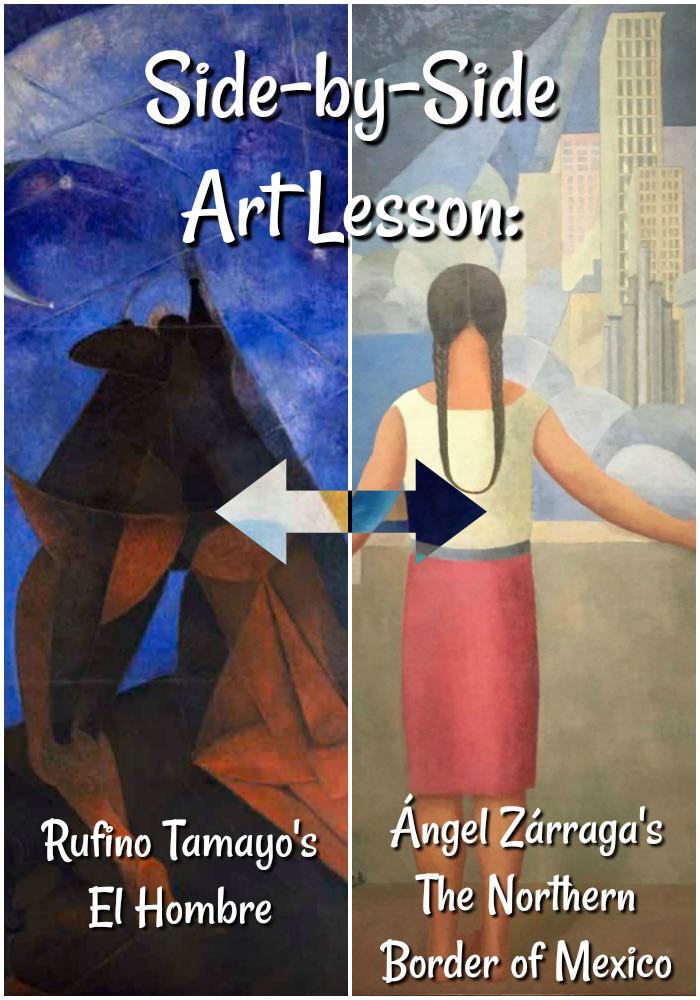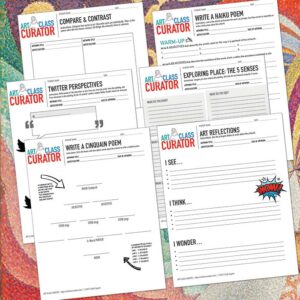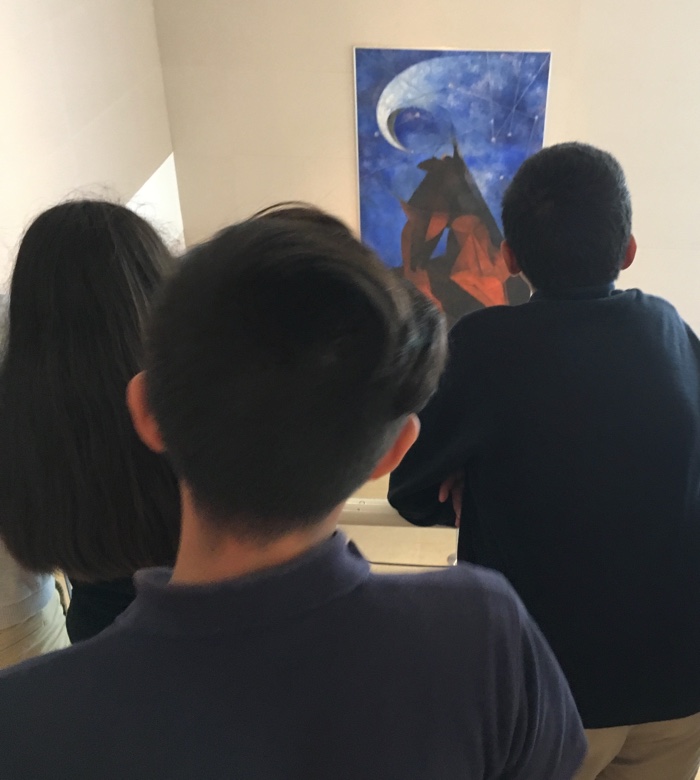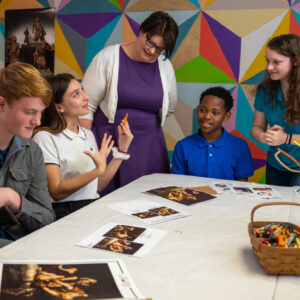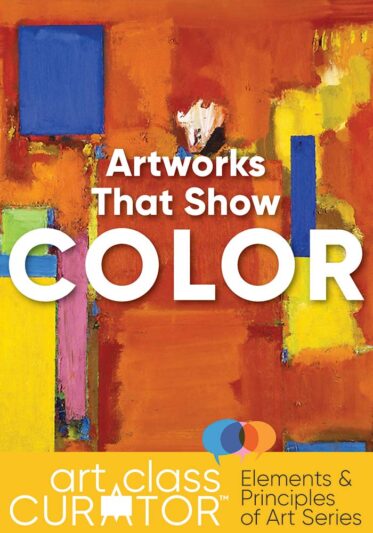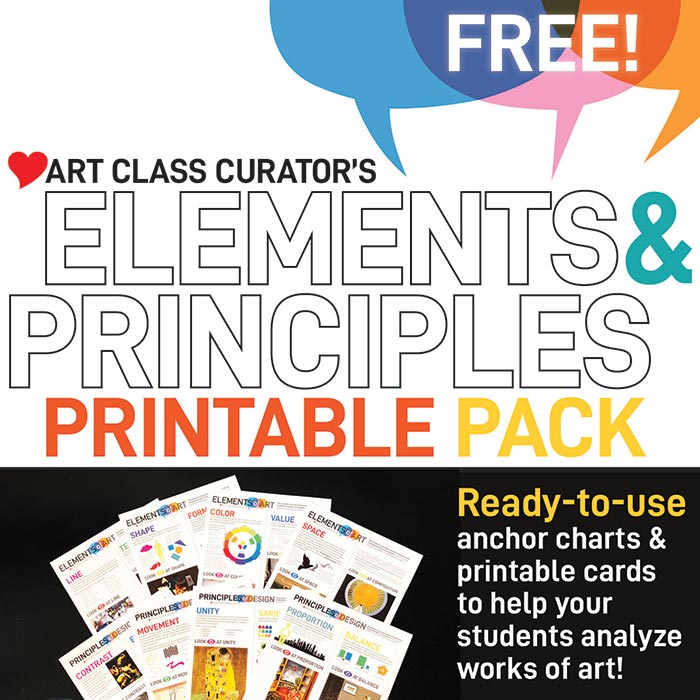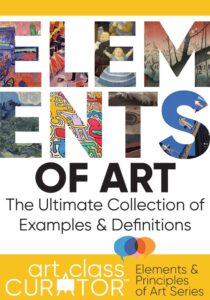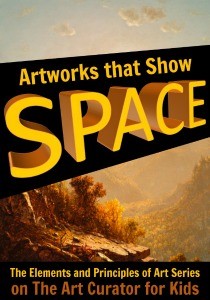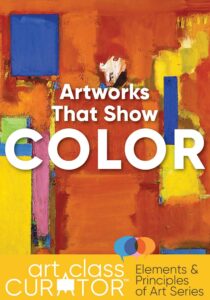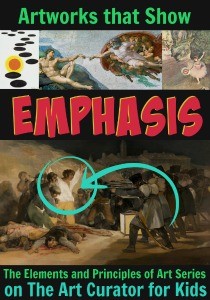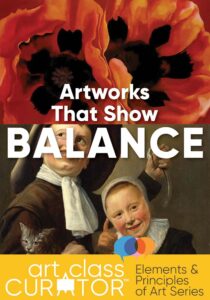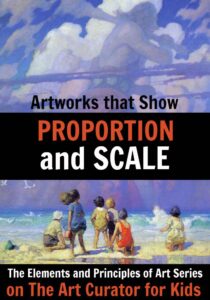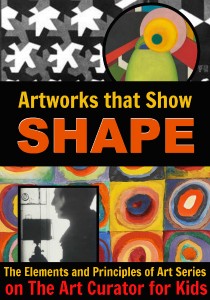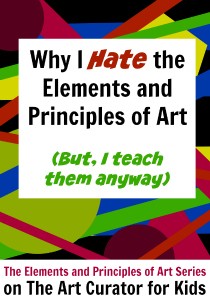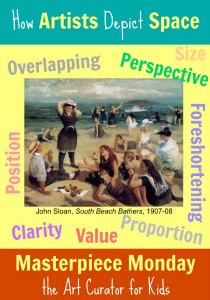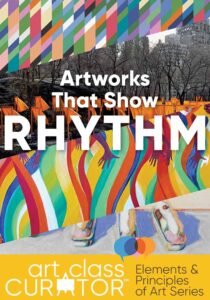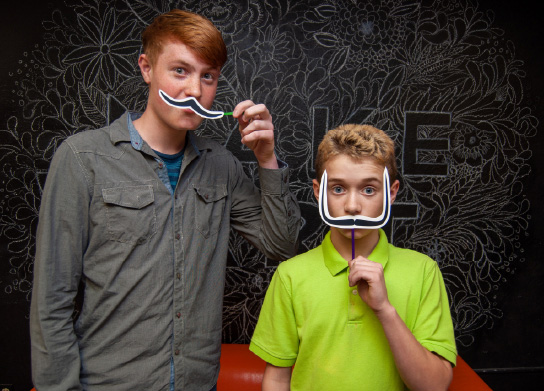Inside: There is more to dogs in art than just dogs playing poker! Check out 25 of these fetching examples of dogs in art.
Next week is Chinese New Year which starts the year of the dog! To celebrate the year of the dog and to honor the newest member to my family (meet my new buddy Vader Steve Ingram at the bottom of this post), I present to you 25 awesome dogs in art!
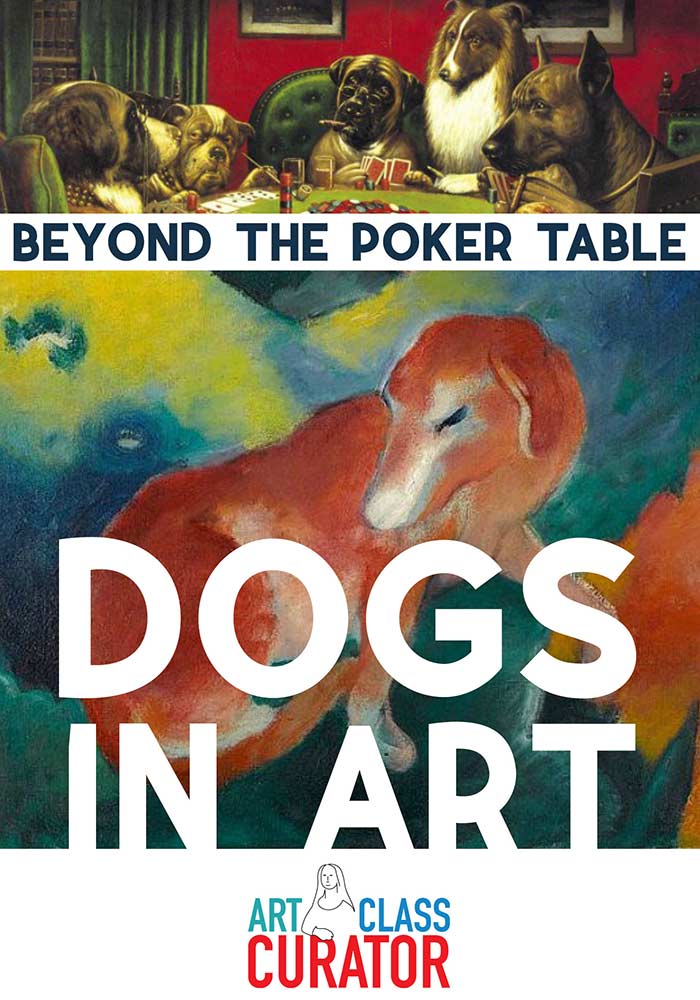
Dogs Playing Poker
Growing up I had a print of Dogs Playing Poker in my room. I knew nothing about it, but I just thought it was awesome. For this post on dogs in art, I did a little research and learned more about what I originally thought was just one artwork. It turns out that Cassius Marcellus Coolidge painted 16 dog paintings with 9 of them being poker scenes. Others include dogs playing football, dogs having romantic dinners, and dogs in the courtroom. Check out 15 more things you should know about Dogs Playing Poker on Mental Floss.
These dogs in art would be a great conversation piece with your classes. Why are they not considered “fine art” or given a lot of critical acclaim in the art world? Why are the dogs playing poker seen as a joke in the artworks rather than as serious work?
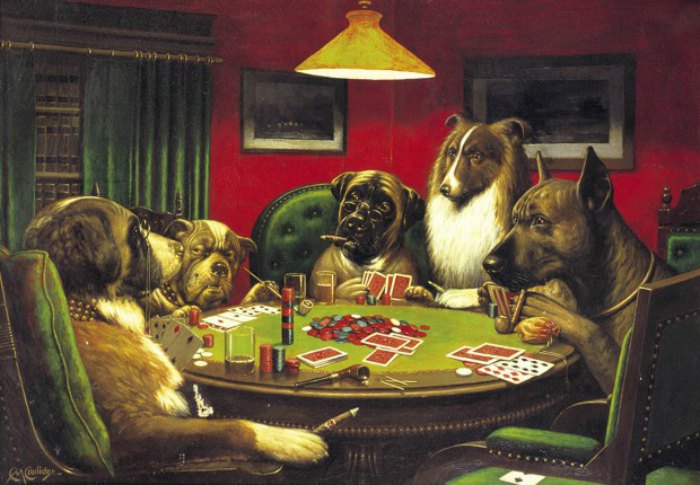
Dogs in Art
Enjoy this collection of dog art. I hope you find one you connect with!
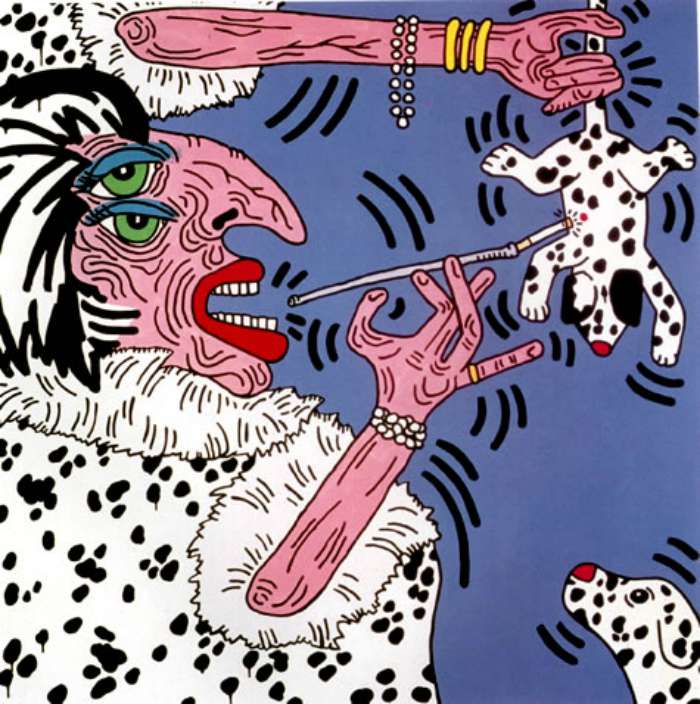
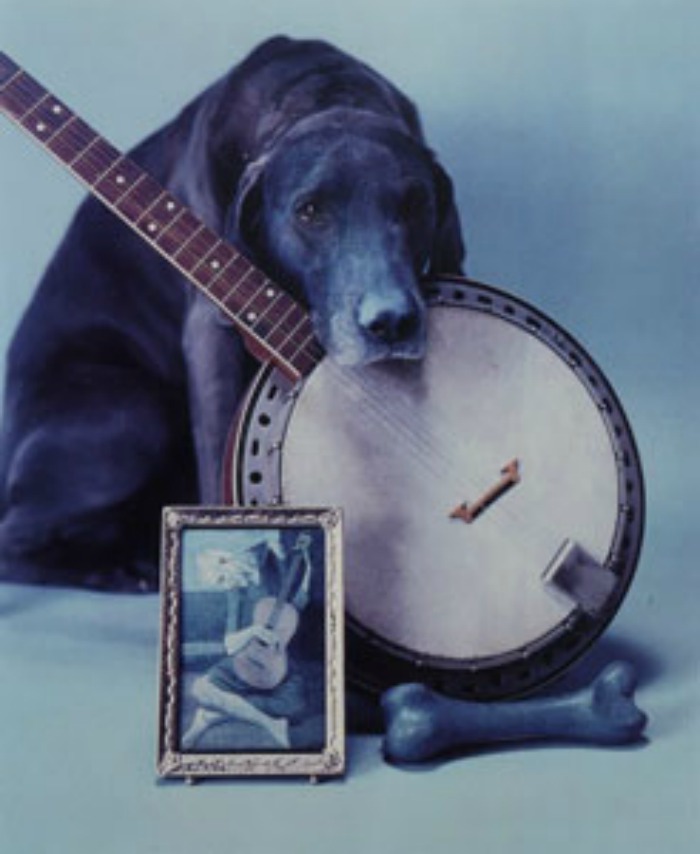
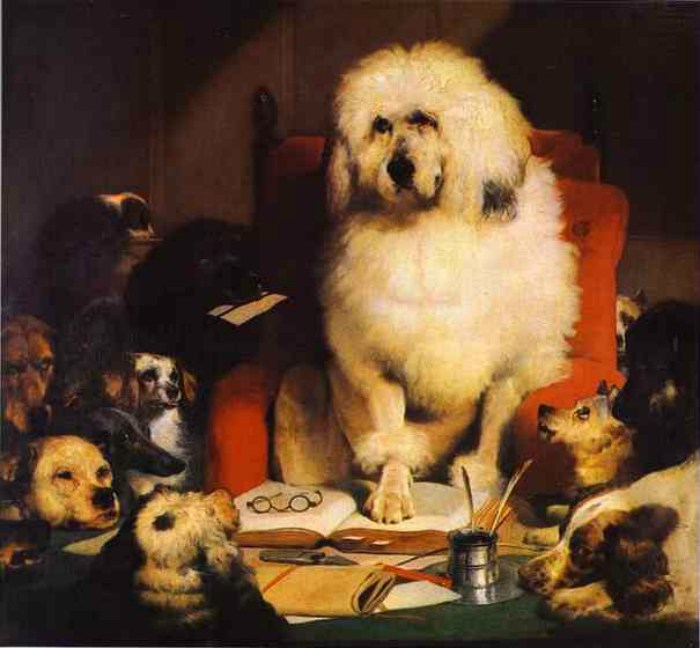
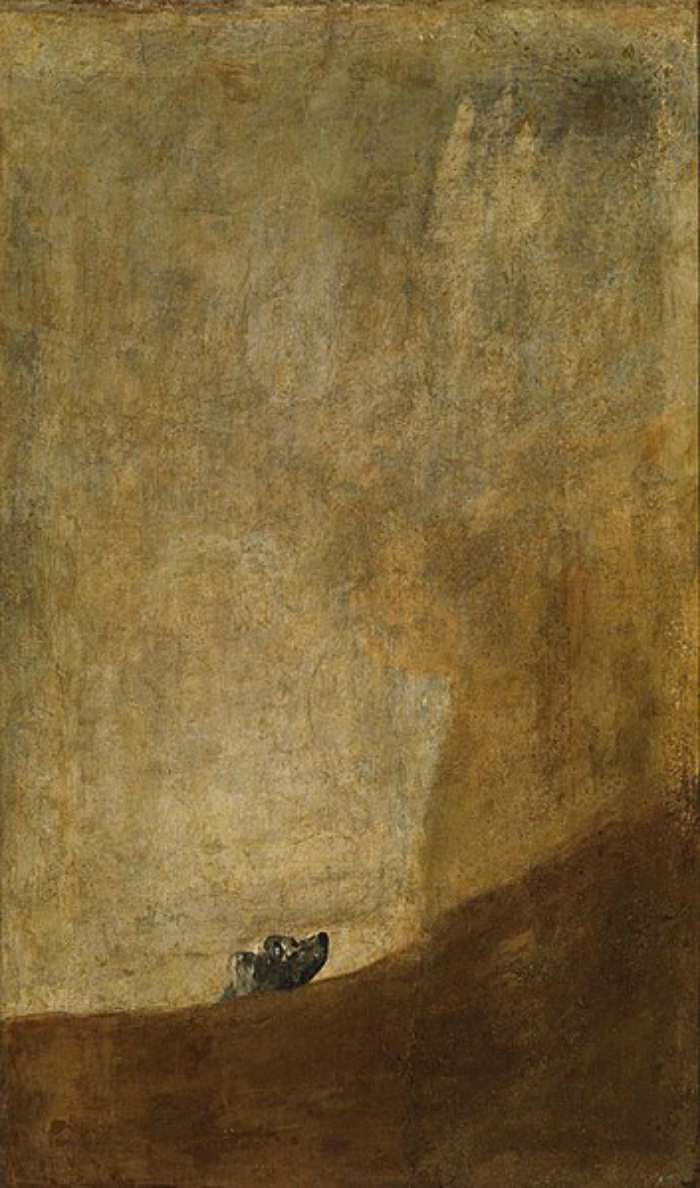

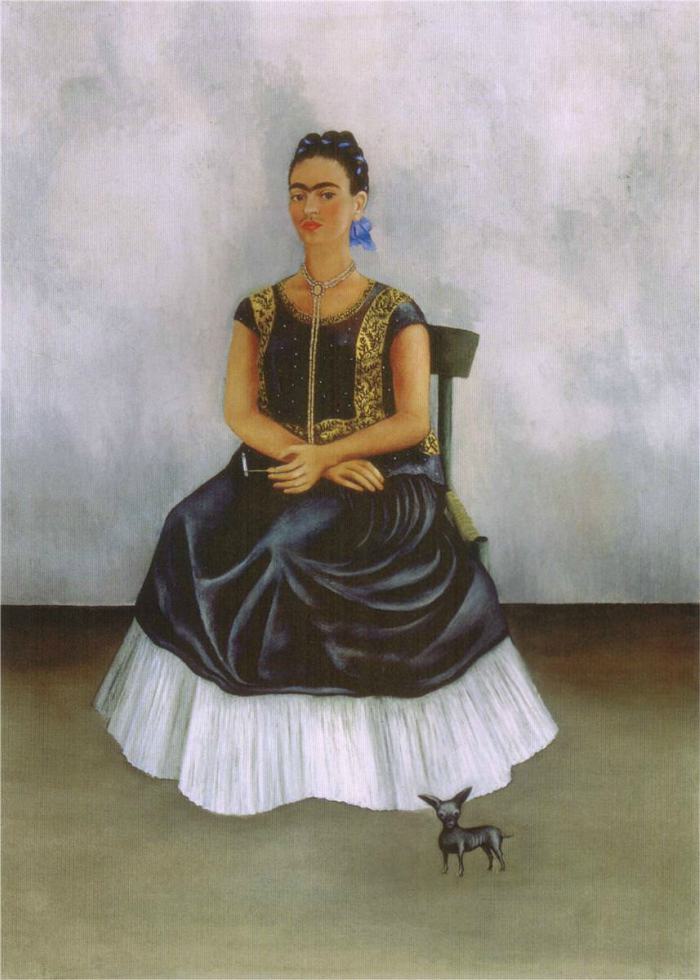


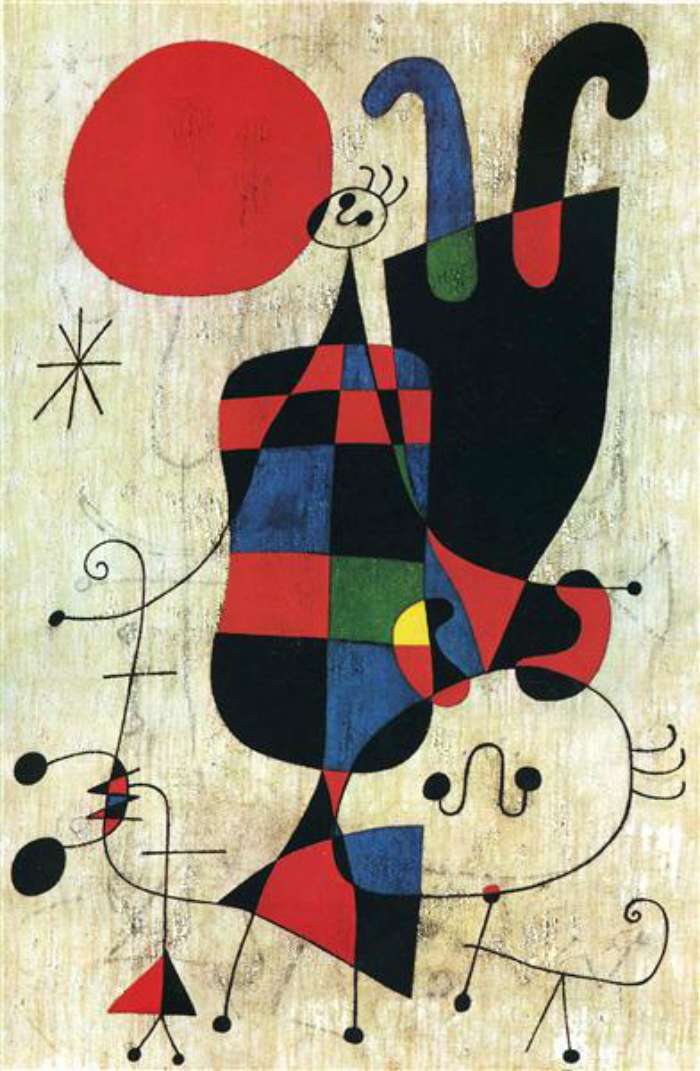
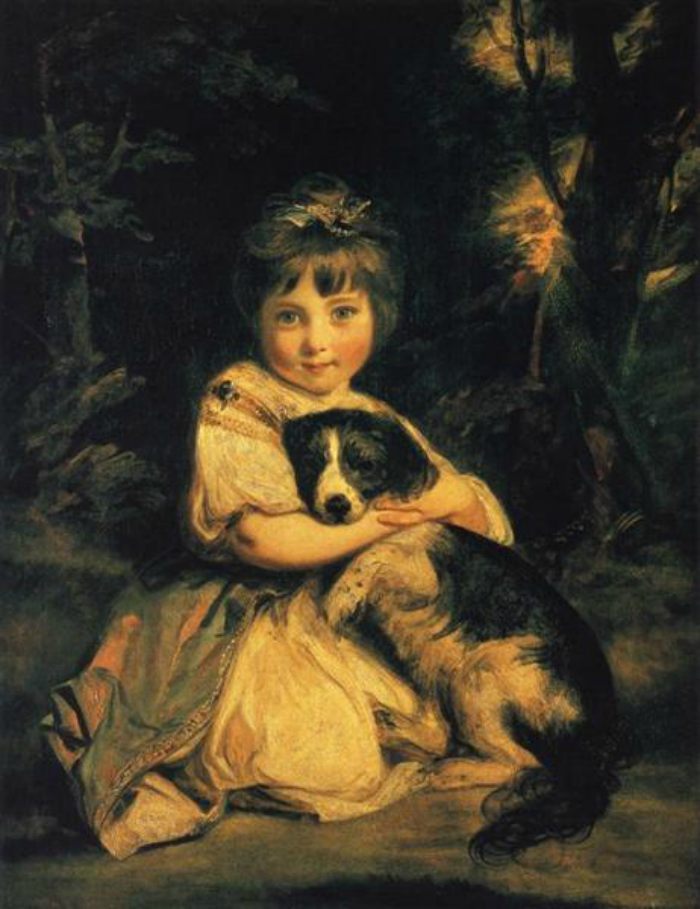
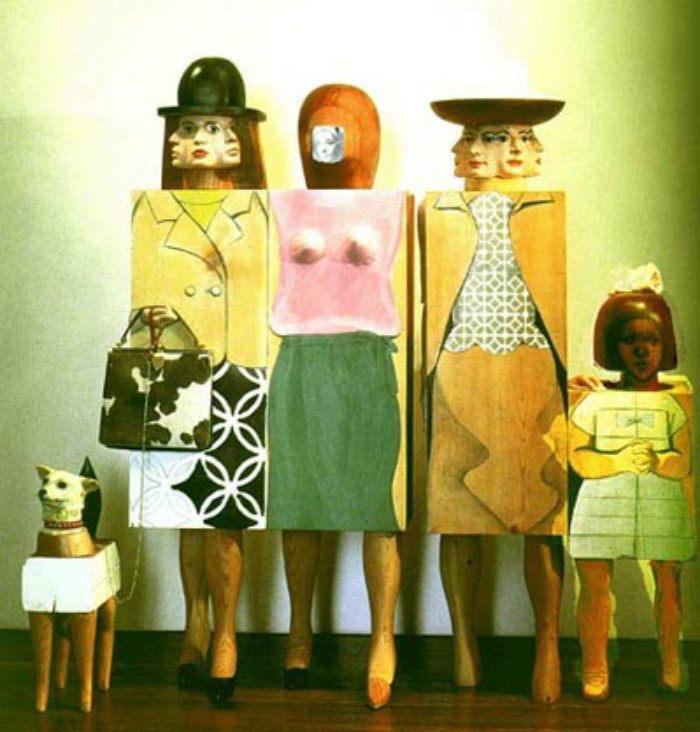
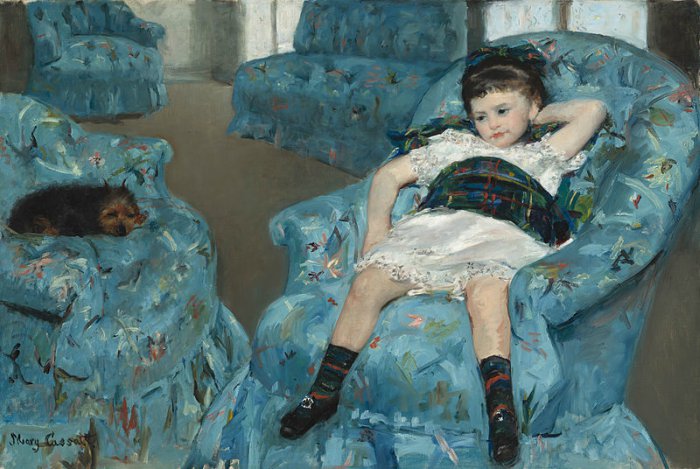
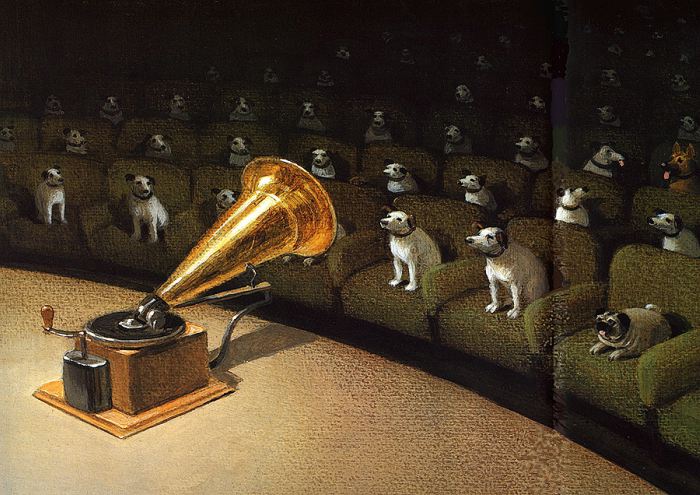
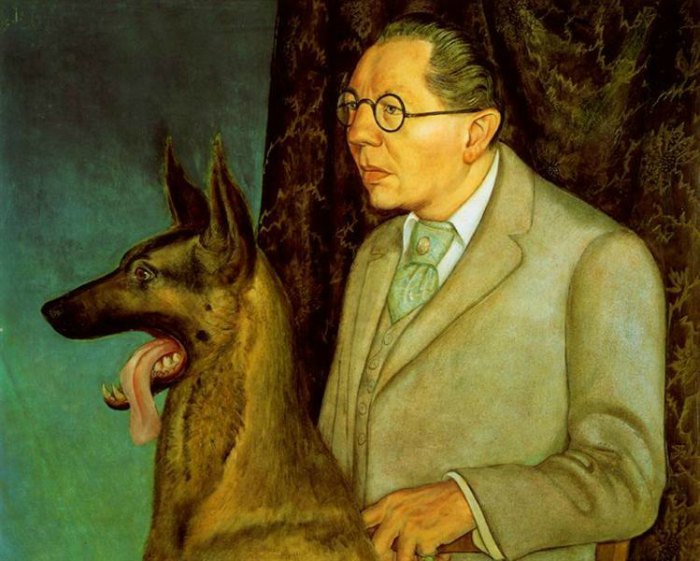
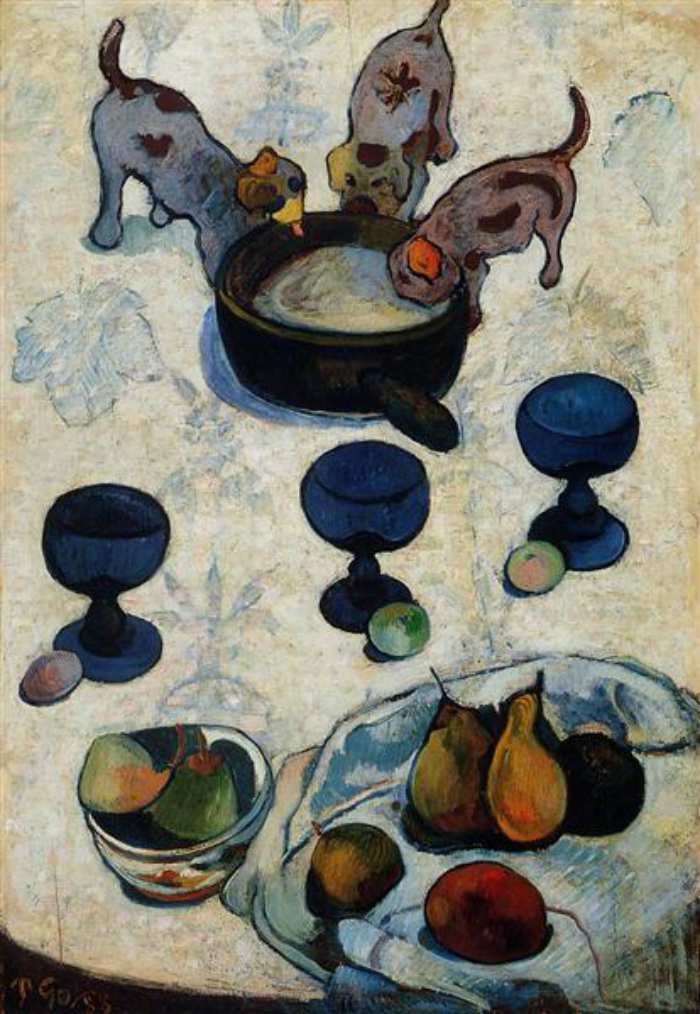
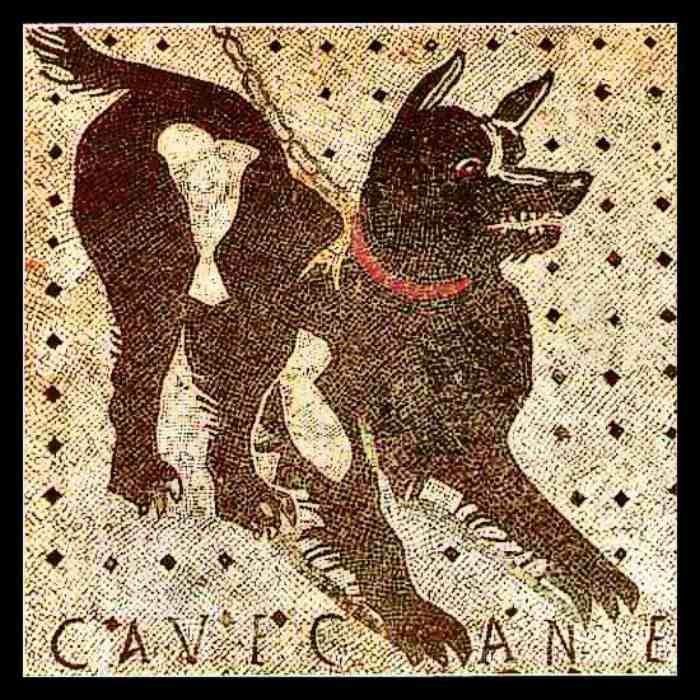

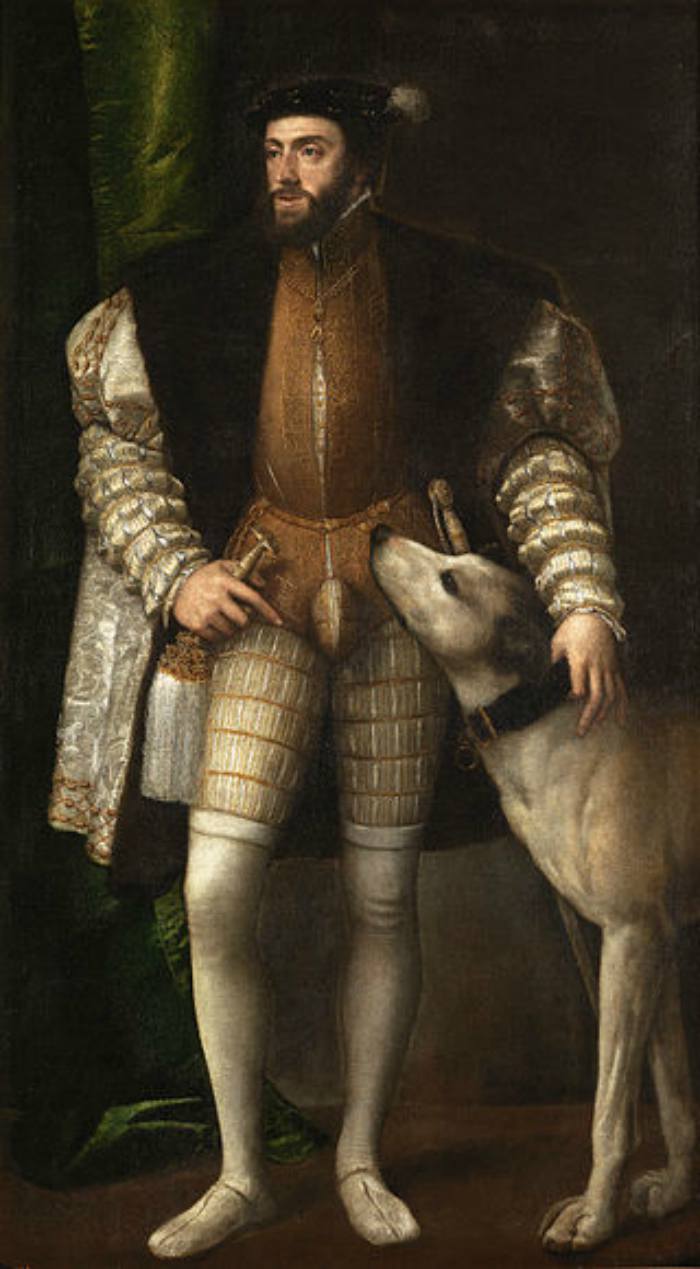
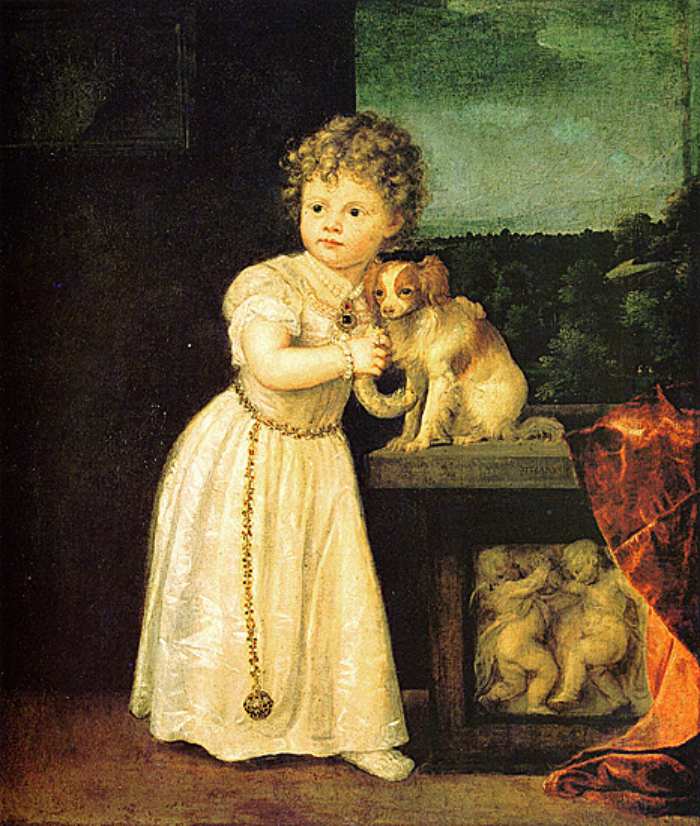


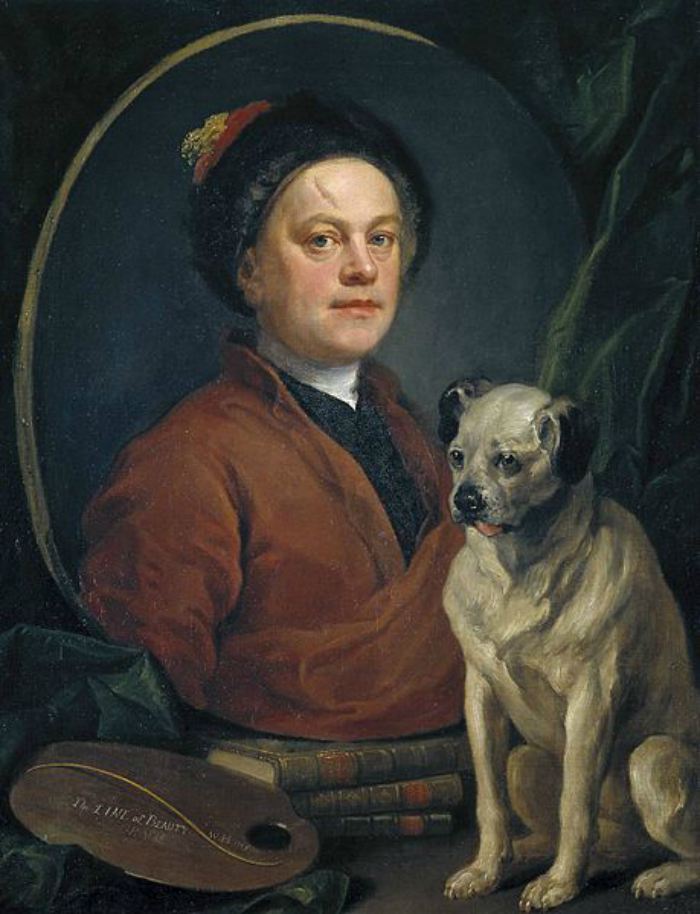
Which was your favorite dog in art? Let me know in the comments!
As promised, here is a picture of my new doggie, Vader! He just fell into our laps last month, and we just couldn’t be happier with him!

